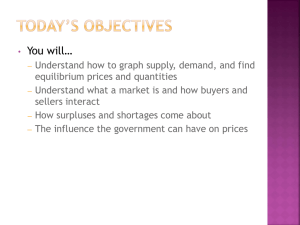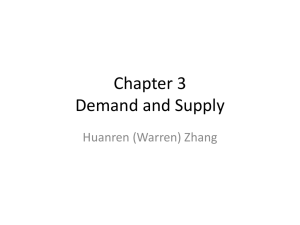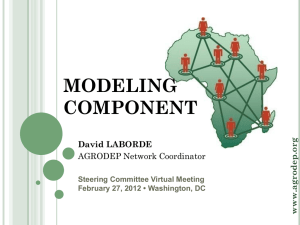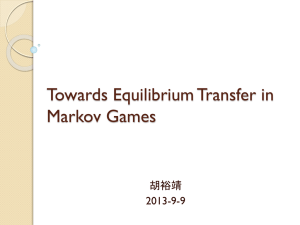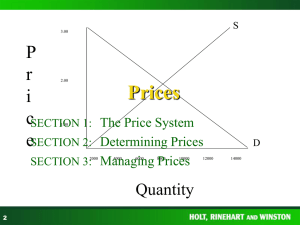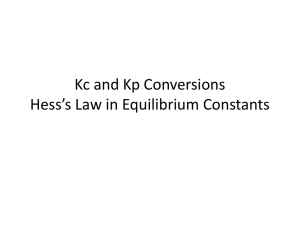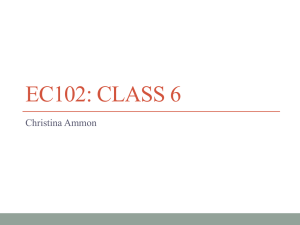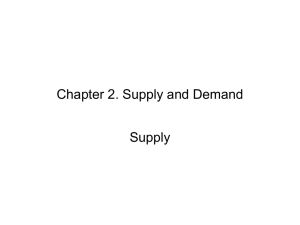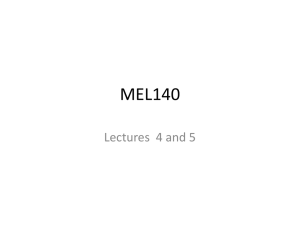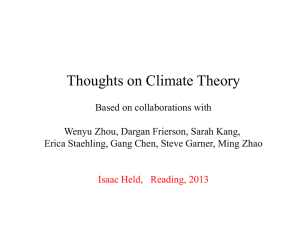delivered during the workshop
advertisement
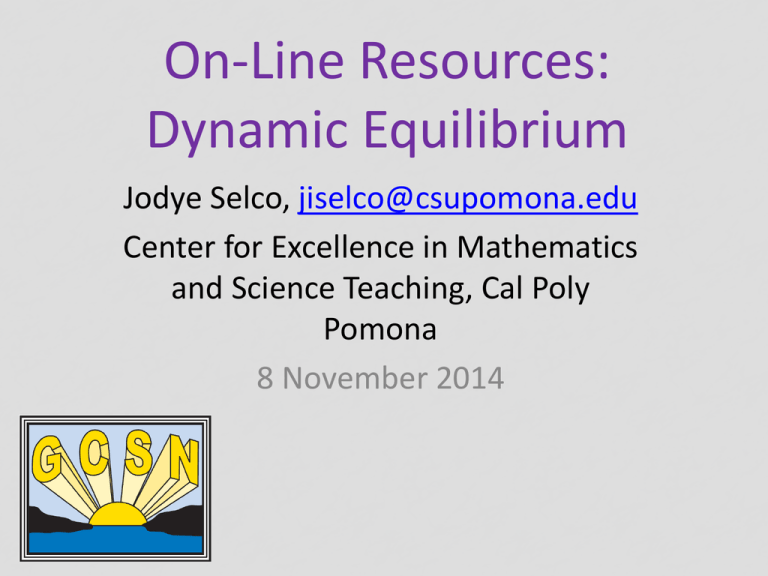
On-Line Resources: Dynamic Equilibrium Jodye Selco, jiselco@csupomona.edu Center for Excellence in Mathematics and Science Teaching, Cal Poly Pomona 8 November 2014 NGSS • HS PS-1 (5, 6); Practices (use models, math thinking, construct explanation); Crosscutting (stability and change) Website • http://www.csupomona.edu/ ~jiselco/dynamicequilibrium/ Student Assignment • 1) Kinetics: 3 different rates – What rates of change for A converting into B did you choose? – Describe what is shown in each of the three windows in the simulation upon completion of each reaction. – Describe how the reaction changes as the conversion rate changes. Student Assignment • 2) Equilibrium: • 4 different pairs of conversion rates: –A converts into B at a larger rate than B converts back into A –A converts into B at a smaller rate than B converts back into A –A converts into B at the same rate as B converts into A –Any conversion rates you wish to examine. Student Assignment • Describe how the reaction is different from the one-way reaction observed in kinetics. • How are the “final” amounts of A and B determined by the chosen rates of conversion? • What do you think the term “dynamic equilibrium” means? (What changes and what remains the same?) Student Assignment • Make some predictions: – If your system contained 200 molecules instead of 100, in what ways would the “results” of the simulation change? – If you started with 100 molecules of B instead of A, would the results of your simulations be any different? Explain. – Once dynamic equilibrium has been attained, 20 additional molecules of A were added to the system. What do you predict the final results would be if the reaction were to continue with the same rates of conversion? Kinetics Take Home Messages • The reaction does not go to “completion” • First-order decay kinetics (exponential decay) • Can see the amount of A disappearing at the same time the amount of B increases • Step number represents time • Number of objects represents concentration Equilibrium Take Home Messages • Regardless of percentages exchanged, there is still some large amount of both A and B remaining. • When B/A = 40/60 = 20%/30% = Keq • Dynamic equilibrium occurs when the total numbers of A and B remain constant, but there is still an exchange of AB and BA; the numbers exchanged are the same What happens if… • From equilibrium position, remove 12 squares and hand them to the group next door. • Reestablish equilibrium… • The ratio of B/A is still 2/3!!!! • This allows you to “organically” demonstrate what happens during Le Chatelier’s Principle! (which should state that equilibrium is reestablished – not establish a “new” equilibrium) Take home messages • As long as the rate constants are the same, the equilibrium constant remains the same regardless of the starting amounts, and total amounts of material. • Equilibrium is reestablished regardless of how the amounts (concentrations) are changed. Students UNDERSTAND that • Dynamic equilibrium is when the exchange continues, but the total numbers of A or B (and molecular concentrations) remain constant. • After assignment, students discussed answers to questions and came up with valid working definitions of dynamic equilibrium. • 1 week later (on quiz) 95% of students that did the assignment were able to describe what dynamic equilibrium was (in writing). Students UNDERSTAND that • Le Châtelier’s Principle is not where a new equilibrium is established, but a case where equilibrium is reestablished – with the same K as before. • Equilibrium is NOT when there are equal amounts of products and reactants, nor when the rate constants are equal. Beyond General Chemistry • Even upper division and graduate students finally realize, with the help of this visualization tool, what equilibrium actually is. • Their comments usually include something about how they wished they “knew” this before and wonder why it is not universally used. For More Information • • • • Feel free to contact me at jiselco@csupomona.edu Jodye Selco Center for Excellence in Mathematics and Science Teaching • Cal Poly Pomona


